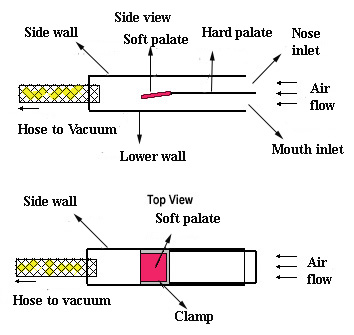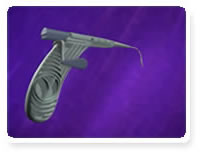Pillar procedure to treat snoring
Introduction: The vibrations and collapse of soft palate contribute to the pathophysiology of snoaring and sleep apnoea. When this tissue flutters / vibrates during breathing causing snoaring to occur. The collapse of upper air way tissues (soft palate, uvula, tonsils and adenoid) can cause obstruction to the upper airway. The collapse is more during sleep because there is no support for these tissues, and hence has a tendency to collapse.
How the pillar implant system works?
The Pillar Palatal Implant System changes the soft palate structure and its response to airflow. In this procedure three implants are placed into the muscles of soft palate. These implants not only adds support to the soft palate, it also stiffens it preventing it from fluttering during the process of inspiration. As in the case of jet panes where the maximum amount of lift is generated below the wings, the maximum amount of lift forces are generated at the junction of the hard and soft palate. Insertion of implants in this area prevents these forces of lift.
The body's healing process comes in to play after the insertion of these implants. These implants stimulate fibrosis and overgrowth of fibrous tissue around the implant further stiffens it. This stiffening increases the "critical" air speed required to initiate palate movement, leading to a decrease in snoring and a reduction in the ability of the soft palate to obstruct the airway.
These implants should be placed as close to each other as possible without coming in to actual contact. The minimum distance should be at least 2 mm from the implant. This distance is a must for optimal fibrous deposition.
Indication: Pillar implants are indicated in
1. Reduction of snoaring caused by flutter of soft palate
2. Reduction of sleep apnoea in patients with upper air way obstruction
Figure above shows the aerodynamic model constructed to explain the theroy behind the implant procedure. This model consists of four walls that replicate the human upper airway. These four walls form a channel. The channel is attached to a vacuum system that draws air into the model, simulating inhalation by the lungs. A partition is placed between the upper and lower walls of the channel replicating the palate dividing the incoming air flow into the nose and mouth inlets. The walls of the channels are clear so that the movements of the soft palate can be noticed during the air flow. The palatal osscilation can be clearly studied. Tapes can be used as stiffening agent in this model, and clamped together. This procedure simulates the function of an implant. This experiment proves that stiffening of the palate causes a significant increase in the airway pressure needed to cause rattling of the soft palate.
Three scenarios are studied:
Movement of non stiffened soft palate:
1. increasing air speed causes palate to vibrate in a wave motion.
2. motion can be clearly seen to begin at the junction of the hard and soft palate
3. motion is transmitted from the palate to the uvula
Movements of palate stiffened at the uvula end:
1. stiffening of the uvula does not reduce palatal motion
2. greatest aerodynamic lift is experienced at the junction of hard and soft palate
Movements of palate stiffened at the junction of hard and soft palate:
Stiffening the soft palate closer to the hard palate junction reduces vibration by:
1. Affecting the region of greatest aerodynamic lift
2. Preventing the onset of vibrating motion
Type of material which can be used as implant:
The implant consists of multiple polyester fibers woven together into precise specifications. The implant design requires that two ultrasonic welds melt the fibers together creating a depression at the surface of each end to prevent unraveling.
The pillar implant can be performed as a stand alone single step office procedure, of it can be combined with other procedures which could alleviate upper airway obstruction. The implant is precisely inserted using a specially designed gun.


